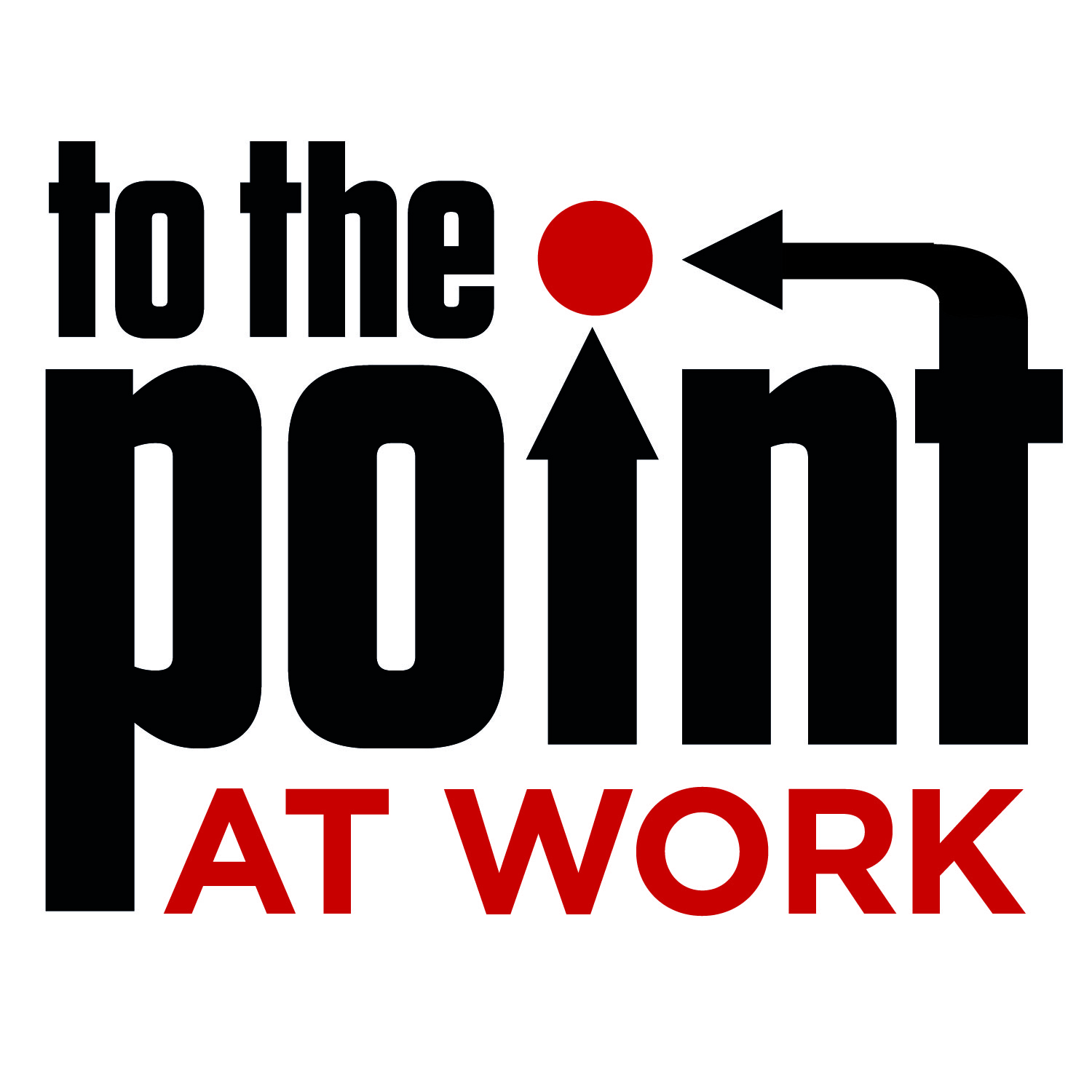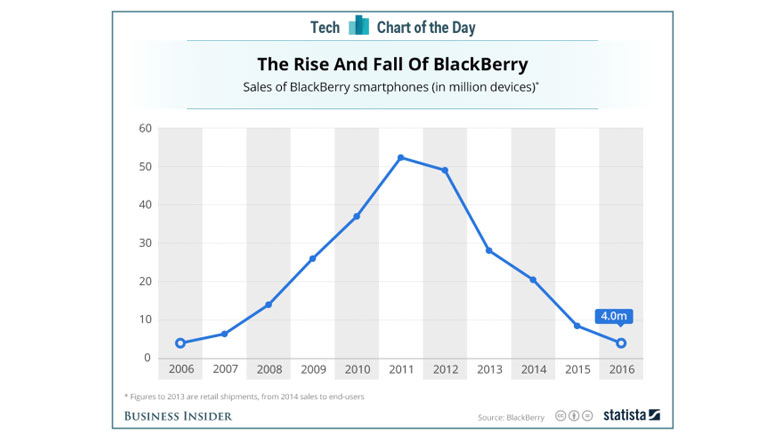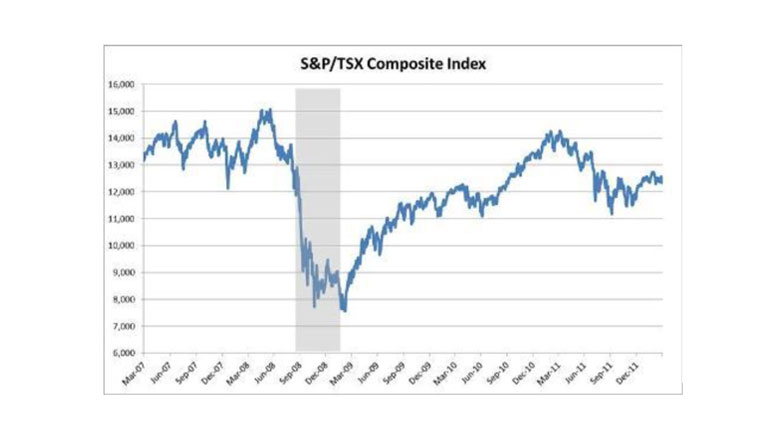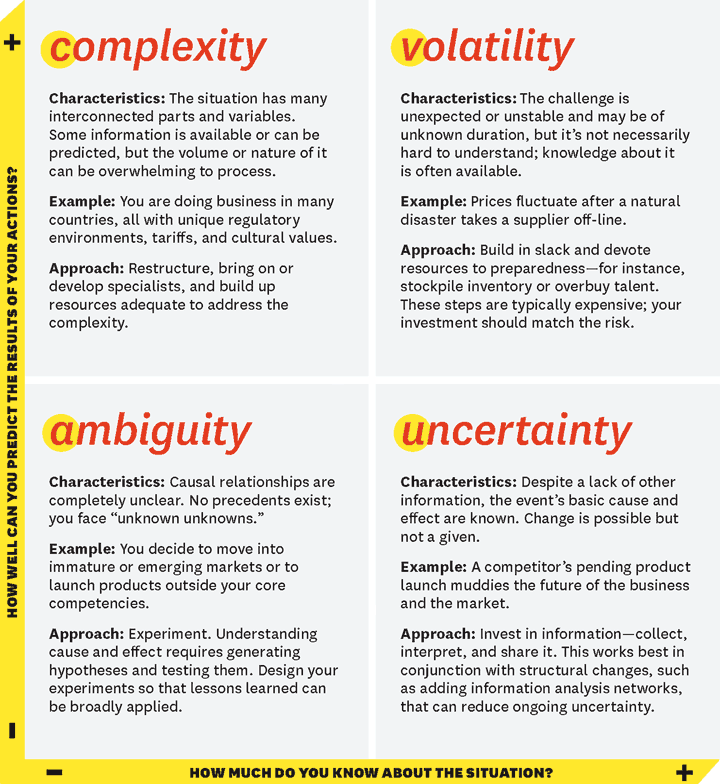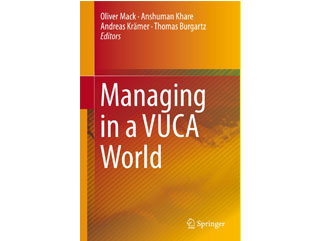VUCA world
a quick summary
VUCA world – a quick summary
by Edouard Gruwez – September 2017
VUCA is a popular acronym to describe today’s business environment. Everyone should at least know what it means. This article gives a concise overview.
Why VUCA?
We live in a world of fast change and information overload. Technology changes the world we live in at a lightning pace. The consequences are far reaching. Technology changes the way we live: how we communicate with each other, how we create and gather knowledge, how we travel, how we listen to music, how we do our shopping and even how we start, build or terminate a relationship. We can hardly imagine a world like it was just a decade ago. Slowly but surely century-old concepts such as family and nationality shift to a new reality.
The environment companies and authorities have to operate in changes at the same speed. As a result, companies continuously have to adapt the products and services they offer, as well as the way they produce, promote and sell them. Companies are desperately trying to be proactive, by imagining what the world could be like tomorrow and by continuously developing new products and services. Because the world has become so unpredictable, trial and error has become the only way forward in the fast changing sectors of the economy. This is the basis of design thinking and customer centric design.
But not only products, services and processes need to change, the companies have to change more fundamentally. They need different business models, different company structures, a different employee profiles, different leadership, and different ways of interacting with each other. But how? How can you prepare for a future you can’t predict?
The origin of VUCA
Trying to make sense of it all, CEO’s are referring more and more to this changing environment with the term VUCA: Volatile, Uncertain, Complex and Ambiguous. The acronym VUCA was first introduced in 1991 by the U.S. Army as a result of the extreme conditions in Afghanistan and Iraq. These conditions were totally new and totally changed the nature of warfare. Unsurprisingly, today’s business environment has changed in a very similar way. Like warfare, business in the 21st century will never be the same again. 20st century rules, economics and dynamics have become obsolete and will continue to change.
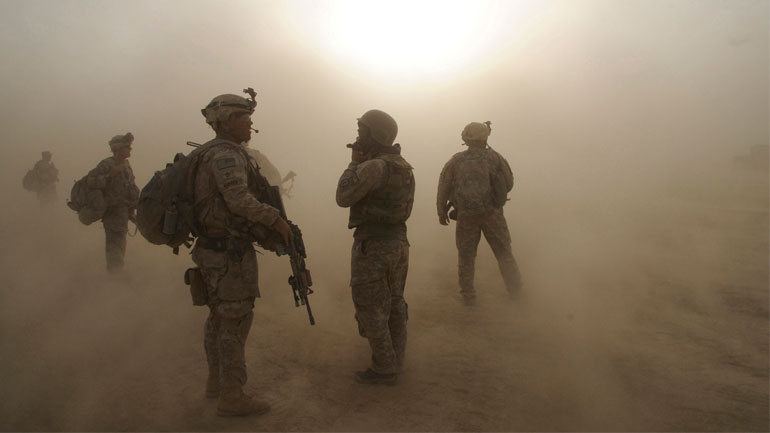
Vuca stands for : Volatile, Uncertain, Complex and Ambiguous.
VUCA is one way to describe today’s business world. It is a totally new environment, where old laws don’t apply. Or do they?
Volatile
Things change continuously. What is true today isn’t true tomorrow. Even the nature and dynamics of change change. Products that are an absolute success today can be worthless in less than a years’ time. 10 years ago, Blackberry knew an exponential growth with it smartphone. Competing touchscreen smartphones couldn’t spoil the party, until the launch of the iPhone. Because of iPhone the sales of Blackberries collapsed in two years’ time. Or take the world of banking when suddenly faced with negative interest rates. This previously unthinkable situation completely changes some of the fundamental banking business models. What other things are going to happen next?
Uncertain
More than ever, we live with a lack of predictability and a prospect for surprise. It is impossible to predict how markets will evolve. Vinyl records, believed to have died a long time ago, can have a sudden revival. Fixed values in the economy and stock exchange can collapse overnight. And because of globalization a relatively small cause can have huge worldwide consequences. (butterfly effect) Think of how one bank shook the world economy to its foundations in 2008. While it’s relatively easy to explain all these events after the facts, few experts predicted them.
Complex
Simple cause-and-effect chains have been replaced by complex interconnected forces and events. Interconnectedness makes all things increasingly complex. Your phone or tv were simply connected with a wire to an antenna or the phone network. Today it has become far more complex with setup-boxes, routers, wifi connections, etc… Or take the advertising world: in the past the advertiser bought advertising space in printed media, on radio or tv and reached his targeted audience. Today’s programmatic advertising is a labyrinth of complex bidding systems to get the right advertisment on the right screen of the right person. The possibilities are endless, but the realization is highly complex.
“doubtful or uncertain – capable of being understood in two or more possible senses or ways”

Ambiguous
Is milk good or bad for you? What’s the cost of nuclear versus wind energy? Are internal social media such as Yammer a success or not? You can easily find convincing but totally contradictory information for any assertion. Old certainties have disappeared in a mist of haziness and misunderstanding. And because of complexity and unpredictability, many leaders avoid taking positions. Is Donald Trump in favor or against raising minimum wages? He might be a champion in ambiguity, but I see similar vagueness in many organizations. The ubiquitous availability of information has created a mist in which it becomes increasingly difficult to find clarity.
VUCA can be seen as four types of environment in a matrix with 2 dimensions:
– how much you know about the situation?
– how much you can predict the results of your actions?
Matrix below was published by Harvard Business Review :
Leadership in a VUCA world
Many opinions
There are many views on what leadership should be in a VUCA world. Many experts look for answers to each of the four VUCA aspects, creating a matrix of solutions and countermeasures similar to the matrix above. It is my belief however that the four aspects of VUCA have to be seen as one interconnected reality. Therefore an effective strategy will cope with all four aspects together.
Managing in a VUCA world
This book by Mack, Khare, Kramer, and Burgartz helps to provide some starting points and ideas to deal with the next era. It examines VUCA and addresses the need for broader knowledge and application of new concepts and frameworks to deal with unpredictable and rapid changing situations. The premises of VUCA impact all aspects of an organization. To cover all areas, the book is divided into six sections. It reviews ways to manage complexity, while providing examples for tools and approaches that can be applied. It focuses on leadership, strategy and planning. It considers how marketing and sales are affected by VUCA, from social media’s influence to customer value management. It explains the need to move from linear modes of thought to problem solving with synthetic and simultaneous thinking.
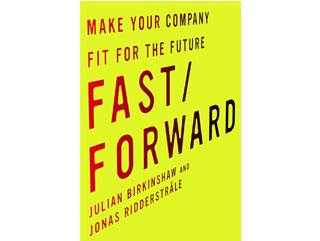
Fast/Forward
Julian Birkinshaw and Jonas Ridderstråle give another opinion on what corporate strategy should be in a VUCA world in their book “Fast Forward”. Amongst other things they propose the “Adhocracy” management model. Adhocracy is a flexible and informal form of organization besides the “Meritocracy” and “Bureaucracy” models. Adhocracy doesn’t replace the older models altogether, it rather completes them.
VUCA 2.0
Bill George, senior fellow at Harvard Business School defines a type of leadership. He calls it VUCA 2.0 giving a complete new meaning to the acronym: Vision – Understanding – Courage – Adaptability.
(see his article on Forbes)

Vision
Today’s business leaders need the ability to see through the chaos to have a clear vision for their organizations. They must define the direction of their organization: its mission, values, and strategy. They should create clarity about this, so that all stakeholders can find the right direction when events pull them off course. George calls it the ‘True North’ (See his bestselling book : Discover your true north.
Understanding
Leaders need in-depth understanding of their organization’s capabilities and strategies to take advantage of rapidly changing circumstances. Leaders need to keep their ears open to all voices. Listening only to information sources and opinions that reinforce their own views carries great risk of missing alternate points of view. They need to engage directly with their customers and employees, rather than relying only to the hierarchy of communication. Leaders must spend time in the marketplace, retail stores, factories, innovation centers, and research labs, or just wander around offices talking to people.
Courage
Leaders need the courage to make audacious decisions. They must dare to take risks and often go against the grain. They cannot afford to keep using traditional management techniques while avoiding criticism and risk. The greatest risk is to avoid risk. This era belongs to the bold, not the meek and timid.
Adaptability
Leaders need to be more flexible than ever. Long-range plans are often obsolete by the time implementation has started. Flexible tactics are required for rapid adaptation to changing external circumstances, without altering strategic course. This is not a time for continuing the financial engineering so prevalent in the past decade. Rather, leaders need multiple contingency plans while preserving strong balance sheets to cope with unforeseen events.
Conclusion
VUCA might be a relatively old term; it clearly sets the scene for future organizational challenges. The description of our world as volatile, uncertain, complex and ambiguous might not be perfect, but it is the best I came accross and it makes us reflect on what should be done. It describes the challenges we are facing in our private and professional lives. Business models, strategies and organization models will have to change. As leaders will have to let go even more control, their leadership skills will become even more important.
Edouard Gruwez, 2017.
Reading
Some documents from the United States Army War College that discuss VUCA:
Further reading on vuca :
Get in touch
Need more info about how we can help?
